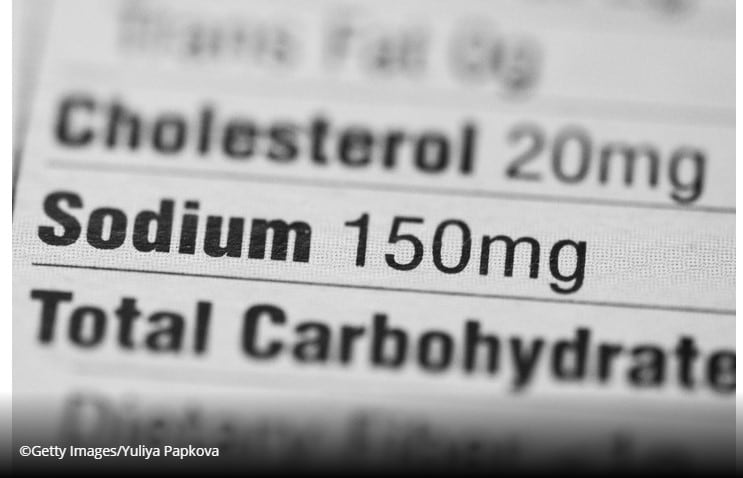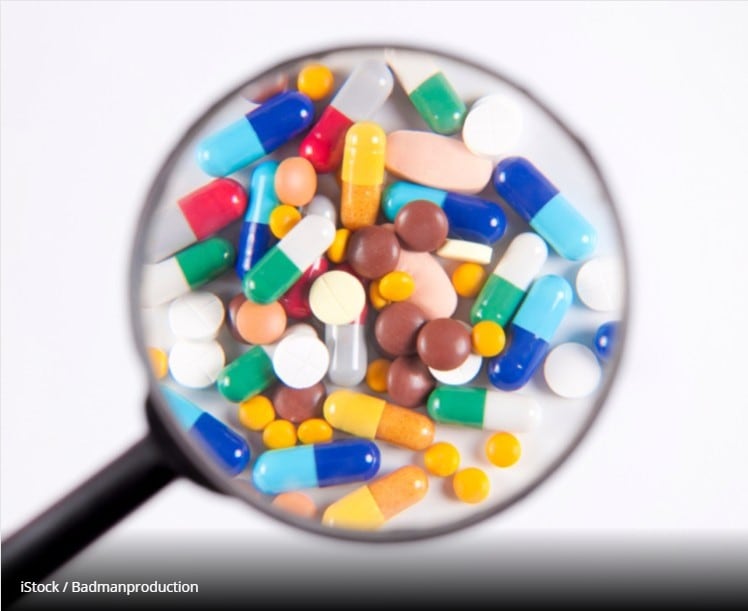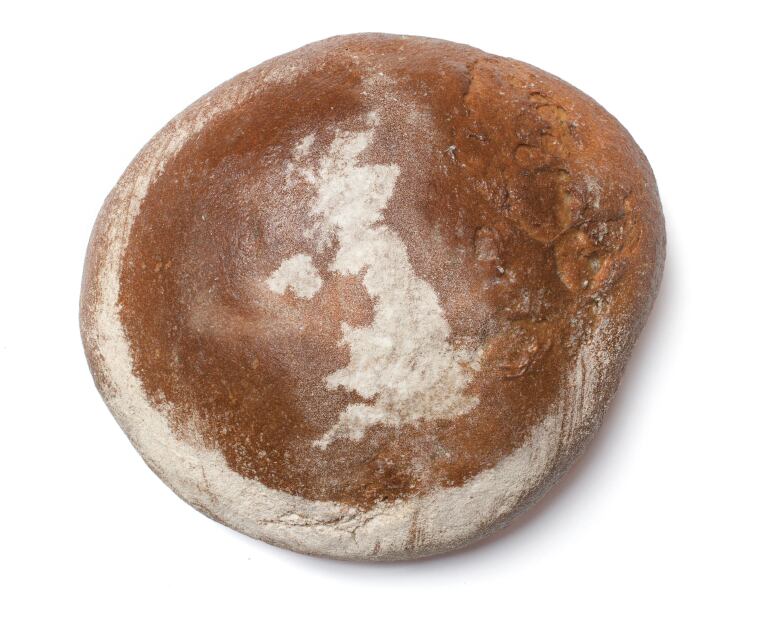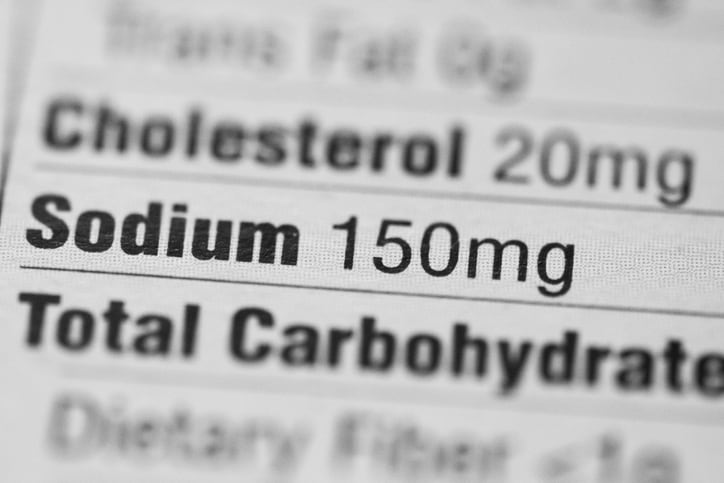In a benefit and risk assessment carried out on behalf of the Norwegian Food Safety Authority, the Committee also concludes that iodine’s addition to salt can also cause infants to receive too much iodine.
“Our calculations show that 13-year-olds and women of childbearing age are likely to benefit from adding more iodine to salt than is allowed today,” says Sigrun Henjum, member of VKM’s Panel on Nutrition, Dietetic Products, Novel Food and Allergy.
“That is, 15 or 20 milligrams (mg) of iodine per kilo of salt for both household salt and salt in bread. Also, other population groups, who for various reasons do not eat lean fish, consume milk or other dairy products, would benefit from such an addition,” she adds.
The assessment considers findings from the National Council for Nutrition, which in a 2016 report, pointed out iodine intake among women of childbearing age, pregnant women and lactation in Norway was low as was the intake for the country’s 13-year-old population.
It has led to The Norwegian Food Safety Authority to request this latest assessment, in which 15, 20, 25 or 50mg of iodine was added per kilogram (kg) of salt to be used in household salt, salt to bread, and to vegetable alternatives to dairy products.
While iodized household salt is available in Norway, current Norwegian food law only permits the addition of 5mg of iodine per kg of household salt, but not in salt used in bread. Iodization of salt is not compulsory.
EU iodine concentrations in salt
Iodine concentrations in salt vary across Europe, from 5 micrograms per gram (μg/g) up to 75μg/g. For example, Sweden and Finland have increased iodine intake in their population by using respectively 50 and 25μg iodine per gram of salt.
In Denmark, the salt iodization level required by the authorities of iodine in salt has been 13 µg/g but was increased to 20 µg/g in 1 July 2019.
The order was made by the Danish Ministry of the Environment and Food, which applied to bread and general bakery.
In 2014, the European Food and safety Authority (EFSA) proposed an adequate intake (AI) level of 150µg per day for adults with additional proposals of 70-130 µg per day for infants and children.
According to the Authority’s opinion, an iodine value of 200µg per day for pregnant women was for the, “additional needs due to increased maternal thyroid hormone production and the iodine uptake by the foetus, placenta and amniotic fluid.
This value was similarly proposed for lactating women by EFSA’s Panel on Dietetic Products, Nutrition and Allergies (NDA), but noted that, “a full compensation for the iodine secreted in breast milk is not justified for the derivation of DRVs (Dietary Reference Values) for iodine for lactating women.”
VKM concludes that in its assessment the documentation is ‘too limited’ to establish that mild to moderate iodine deficiency leads to thyroid disorders or has negative effects on fertility or birth outcomes.
"Based on scientific studies and data, we cannot conclude that women of childbearing age and youth will benefit from a certain level of iodine supplementation, without at the same time exposing one and two-year-olds to risk," Henjum adds.
Limited documentation
The negative health effects of severe iodine deficiency are well documented with its shortage in infancy or early childhood possibly leading to permanent brain damage.
Severe deficiency of the mineral also increases the risk of miscarriage, premature birth, stillbirth and congenital malformations, which scientists think is due to changes in thyroid hormone levels.
However, in commenting on the link between mild to moderate iodine deficiency and decreased brain development, Henjum points to the ‘limited evidence’ of a literature review on this subject.
"This means that the documentation points in one direction but is too weak for us to conclude that the causal relationship is probable or convincing," she adds.
In concluding remarks, Henjum says excessive intake of iodine can lead to subclinical hypothesis. While the condition is not harmful, it can develop into a low metabolism or hypothyroidism, which is harmful.




